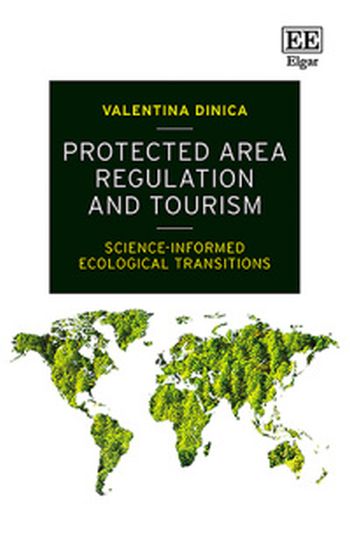
This innovative book explores the evolution of ecology and how scientific advances enable the redesign of Protected Areas (PA), guided by area-specific ecological values and objectives. It argues that transitions towards science-informed integrated PA systems could contribute to safeguarding the persistence of biodiversity and socio-ecological systems.
Valentina Dinica proposes a conceptual framework to integrate the ecological and tourism aspects of PA regulation, assisting decision-makers to develop contextually-effective regulatory instruments that avoid over-/under-regulating tourism, given the PA’s ecological profiles. The framework is applied to comparatively evaluate the ecological representativeness and regulations of PA networks in New Zealand, Tasmania and Hawaii. The empirical chapters also discuss gaps and (mis-)alignments between ecology and tourism regulations, displaying outdated scientific paradigms. The book proposes a new approach to classifying PAs, to better balance human–nature relationships.
This book will be of interest to students and academics in public policy, law, ecology, environmental studies, sustainability sciences, tourism studies, political science and history of science.